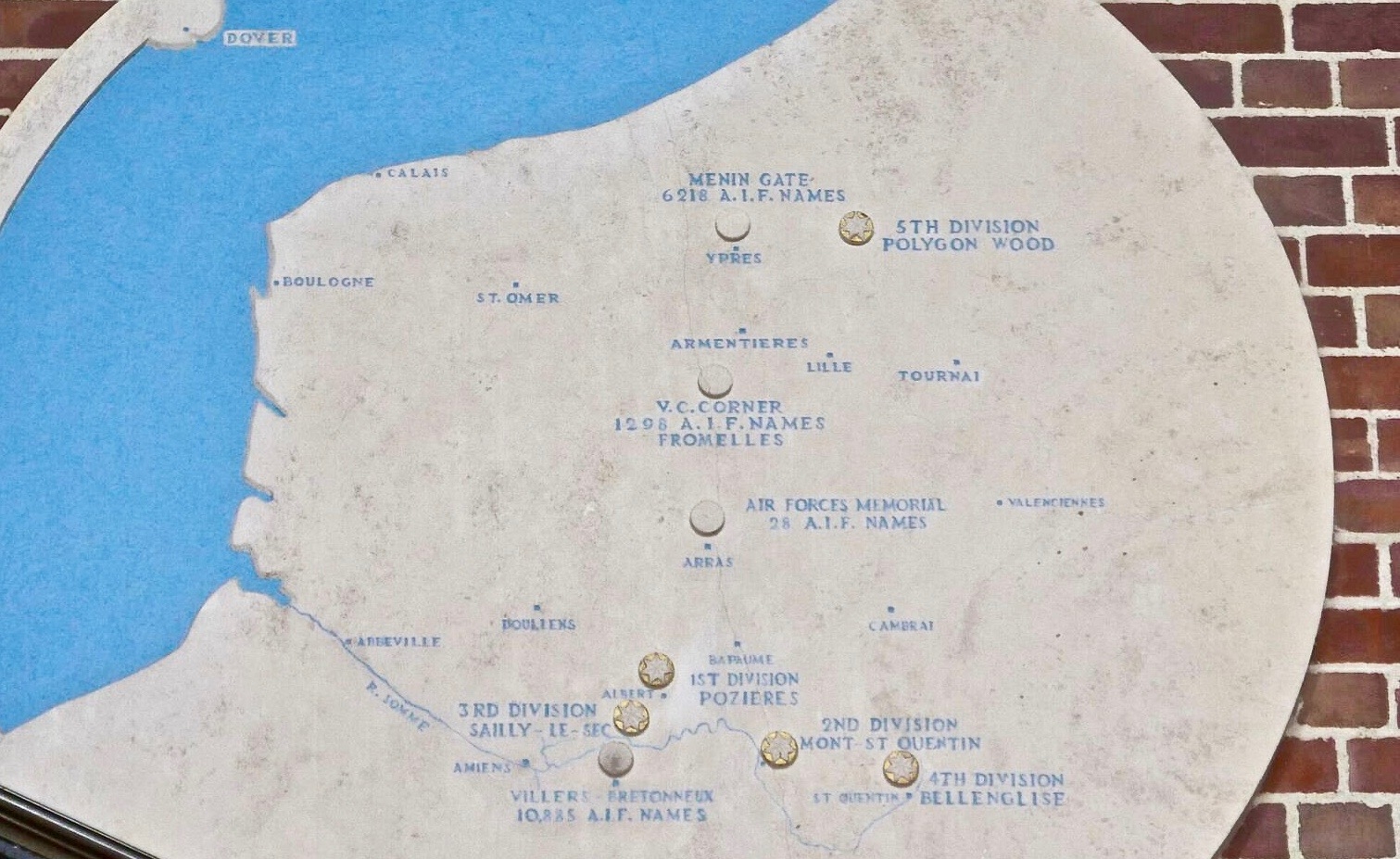Australia has opened a new multi-media visitor centre in France, commemorating Australian forces on the Western Front at the scene of some of their most successful actions.
The Sir John Monash Centre, inaugurated at Villers-Bretonneux on 24 April 2018, is named after one of the most respected generals of the First World War.
Sir John Monash, appointed commander of the Australian Corps in May 1918, was a champion of the new tactics that resulted in Allied victory. Yet he’d started his working life as a civil engineer, not a career soldier.
Located discreetly behind the existing Australian National Memorial, the new museum and interpretation centre has been built partially underground, with a grassed roof.
More than 180 artefacts and 230kg of unexploded ordnance from the Great War were uncovered during construction.
Interactive technology is extensively used to explain the contribution of the 295,000 Australian soldiers who fought on the Western Front. The centre is intended to be the new hub of the Australian Remembrance Trail, a network of battle sites stretching from Ypres to the Aisne.
 Australian commemorative sites in France and Belgium, from a panel at the Australian National Memorial, Villers-Bretonneux (Photo: Centenary News)
Australian commemorative sites in France and Belgium, from a panel at the Australian National Memorial, Villers-Bretonneux (Photo: Centenary News)
Visiting the project site at the start of the Centenary in 2014, Australia’s then Prime Minister, Tony Abbott, called for Australians to be as familiar with the story of the Western Front as Gallipoli.
And speaking at the opening of the Sir John Monash Centre four years on, current Prime Minister Malcolm Turnbull said: “While we are never triumphalist, we should never forget the triumphs of arms won by the Australian forces in the midst of all the horrors here of the Great War.”
Two brigades of Australian troops, with British support, checked the German advance on Amiens, part of General Erich Ludendorff’s Spring Offensive, at Villers-Bretonneux on 25 April – Anzac Day – 1918.
In early July, General Sir John Monash led a successful counter-attack at Le Hamel, near Villers-Bretonneux, an operation also involving US troops. And it was from Villers-Bretonneux that Australian forces advanced on August 8, at the start of the Allied ‘Hundred Days Offensive’, ending World War 1.
Prime Minister Turnbull praised Monash as a ‘modern man, a lateral, creative thinker’ who’d revolutionised warfare on the Western Front.
See also in Centenary News:
German push halted at Villers-Bretonneux.
Sources: Sir John Monash Centre; Prime Minister of Australia
Images: Centenary News
Posted by: CN Editorial Team
